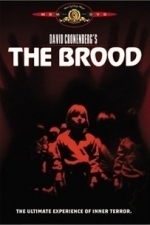
Feather Squadron: Academy - New Zealand
Medical and Education
App
This app contains a variety of fun games for children to play (ages 5 and up) and we measure their...

Box of Frogs: Memoirs of a Canoeing Cyclist
Book
In 2015, Iain Hollis embarked on a 4,000 mile solo cycling adventure around Europe. Medically...
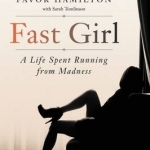
Fast Girl: A Life Spent Running from Madness
Book
NEW YORK TIMES BESTSELLER The former middle distance Olympic runner and high-end escort speaks out...

PSYC 213: Abnormal Psychology (DSM-IV-TR Edition)
Podcast
UPDATE: This Abnormal Psychology course is uses the diagnostic criteria presented in the Diagnostic...
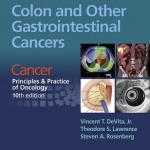
Colon and Other Gastrointestinal Cancers: Cancer: Principles & Practice of Oncology
Theodore S. Lawrence and Steven A. Rosenberg
Book
Selected from the world's leading comprehensive cancer textbook, this tightly focused resource...
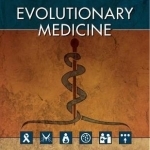
Evolutionary Medicine
Stephen C Stearns and Ruslan Medzhitov
Book
Evolutionary Medicine is a textbook intended for use in undergraduate, graduate, medical school, and...
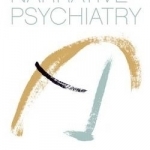
The Art of Narrative Psychiatry: Stories of Strength and Meaning
Book
Narrative psychiatry empowers patients to shape their lives through story. Rather than focusing only...

Cancer of the Skin: Cancer: Principles & Practice of Oncology
Vincent T. DeVita, Theodore S. Lawrence and Steven A. Rosenberg
Book
Selected from the world's leading comprehensive cancer textbook, this tightly focused resource...
Andy K (10823 KP) rated The Brood (1979) in Movies
Sep 22, 2019
After the murder, his father-in-law also arrives, the situation worsens as he attempts to visit his daughter while in therapy without success. Still grief stricken, he wants to confront the doctor or at least understand what is happening.
Here is where the story becomes very unusual. The brutality being dispatched to various individuals is being administered by disfigured "dwarves" or misshapen children which makes no sense to Frank or the police which asks more questions.
After learning additional details, Frank returns to his wife's benefactor for a final confrontation with her and the doctor to ensure the release of his kidnapped daughter.
Cronenberg's early body horror films still stand as some of the most provocative of the gene and this film is certainly no exception. The deformed assailants provide immediate unique intrigue in the film representing something you have never seen previously and it only gets worse.
The total brutality they complete upon their victims is worsened by the fact some of it is even performed in front of children who would obviously be scarred for years to come.
The final reveal of "The Brood" is so intense, bizarre and graphic it will still turn off, repulse or offend almost anyone who watches it. Only true fans of the macabre, strange and totally extreme will find this palpable.
The great Oliver Reed is especially intense in his performance as the unconventional doctor performing his ritualistic treatments which include offbeat role plays where he has conversations with his patents pretending to be other people.
I can only imagine the reaction this film had upon its release in 1979.

Dot 2 Dot: Connect the Dots
Games and Entertainment
App
Dot 2 dot for adults is great puzzle game from the creators of very popular app “ColorMe -...
